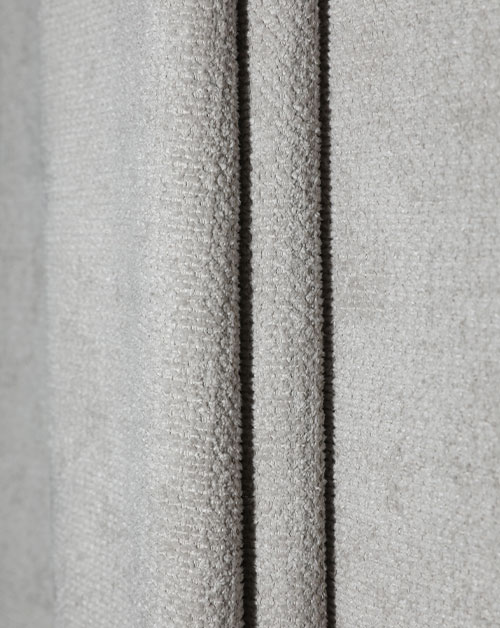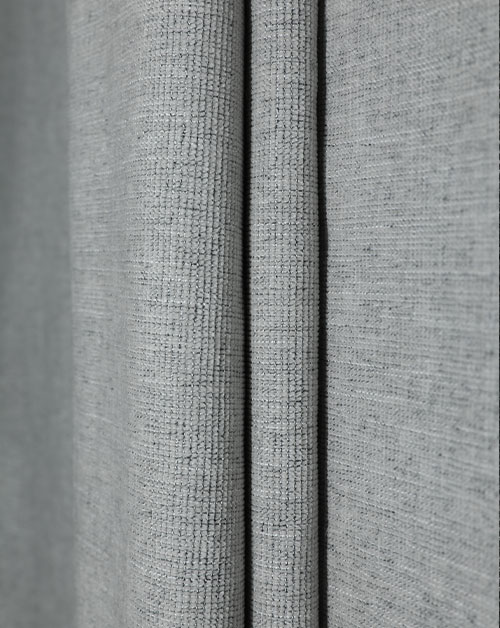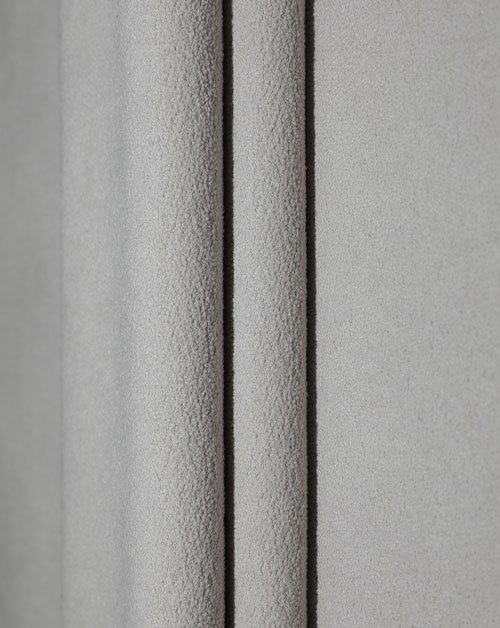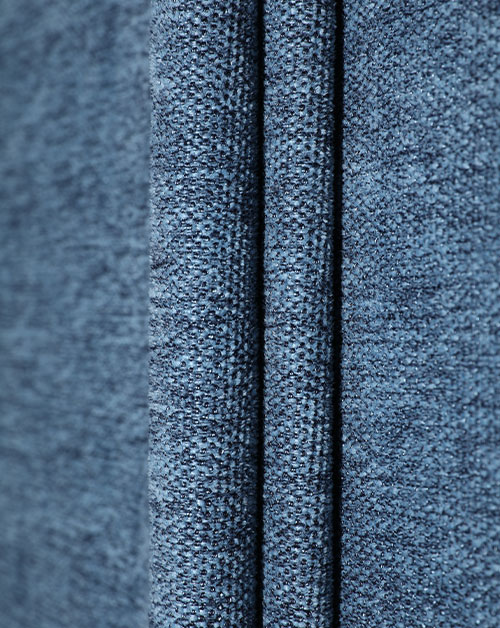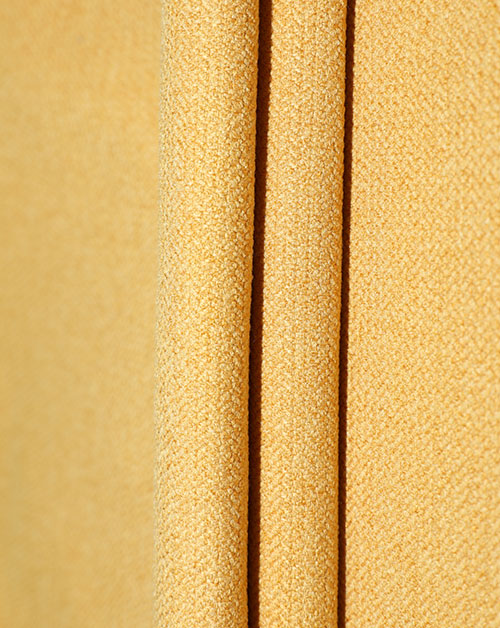In modern home and commercial space design, decoration fabric has become a core element in enhancing the texture and atmosphere of a space. Whether it's curtains, sofas, wall coverings, or interior soft furnishings, decorative fabrics not only have practical functions but also embody spatial aesthetics and design concepts. With the continuous evolution of design trends, the materials, processes, and application scenarios of decorative fabrics are also undergoing profound changes, becoming an important part of the interior design and home furnishing market.
Materials and Functions of Decoration Fabric
Decorative fabrics are diverse in materials. The combination of natural and chemical fibers creates rich layers in terms of feel, durability, and visual effect. Natural fibers such as cotton, linen, and silk offer excellent breathability and comfort, while chemical fibers such as polyester and nylon have advantages in color stability, wrinkle resistance, and abrasion resistance. Combinations of different materials can not only achieve specific decorative effects but also meet the functional needs of different spaces.
Functionality is one of the important considerations for decorative fabrics. Modern decorative fabrics not only focus on visual aesthetics but also emphasize properties such as fire resistance, water resistance, UV resistance, and sound insulation. These functional characteristics enable decorative fabrics to be widely used in commercial spaces, hotels, office areas, and high-end residences, while ensuring safety and durability. With the introduction of intelligent and high-performance materials, the functionality of decorative fabrics is constantly improving.
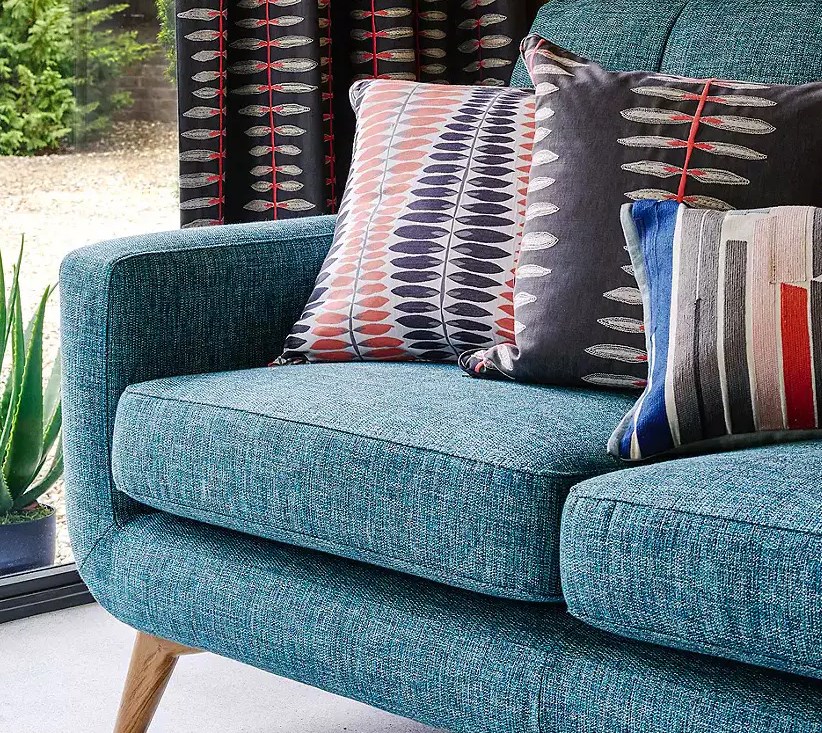
Technological Innovation and the Aesthetic Value of Decorative Fabrics
The craftsmanship of decorative fabrics is a crucial manifestation of their artistic value. Techniques such as embroidery, jacquard, printing, coating, and suede finishing not only enhance the visual depth of the fabric but also imbue the space with a unique cultural and design style. Modern design trends emphasize personalized customization, and technological innovation in fabrics meets the high demands of different designers for style and detail.
On an aesthetic level, decorative fabrics can shape the atmosphere of a space. Color matching, texture expression, and the luster of the material all influence the visual effect of the interior. High-end decorative fabrics excel in color saturation, texture, and tactile experience, creating spaces that are both visually impactful and maintain a comfortable and warm feeling.
Application of Decorative Fabrics in Home Design
In home design, the application of decorative fabrics has transcended the traditional role of soft furnishings, becoming a core element of spatial design. Curtains, cushions, sofa covers, bedding, and wall decorations all leverage the diversity of fabrics to achieve overall design harmony and personalized expression. Through the selection and combination of fabrics, designers can flexibly adjust the visual focus and atmosphere of a space, making the living environment more layered and comfortable.
In commercial spaces, decorative fabrics also play a crucial role in enhancing brand image and creating environmental experiences. In hotel lobbies, office areas, and dining spaces, fabrics not only serve a decorative function but also convey spatial atmosphere through material and color, enhancing user experience and visual memorability.
Sustainable Development and Environmental Trends
With increasing environmental awareness, the decorative fabric industry is constantly exploring paths to sustainable development. The application of recycled fibers, low-energy dyeing processes, harmless finishing, and biodegradable materials makes decorative fabrics more focused on environmental friendliness beyond aesthetics and functionality. Consumer and designer demand for green and environmentally friendly materials drives technological innovation in the industry, while simultaneously bringing greater market competitiveness to brands.
In future development, the sustainability of decorative fabrics will become a core trend in the industry. Through technological upgrades and material innovation, decorative fabrics can not only meet design needs but also achieve low-carbon and environmentally friendly practices, providing healthier and more environmentally friendly solutions for the interior design and home furnishing market.
Decorative fabrics play an irreplaceable role in modern home and commercial space design. Their material, craftsmanship, functionality, and aesthetic value make them a core element of spatial design. With the development of market demand and technological advancements, the application of decorative fabrics will become more widespread and diversified, while environmental protection and sustainable development concepts will guide the industry's future innovation direction.

From home design to commercial spaces, from functionality to aesthetic expression, decorative fabrics are no longer just decorative materials but also important tools for shaping spatial experiences and enhancing design value. With designers, brands, and consumers continuously pursuing high-quality fabrics, the decorative fabric industry will continue to revitalize and unleash its market potential.

 English
English 中文简体
中文简体 русский
русский عربى
عربى